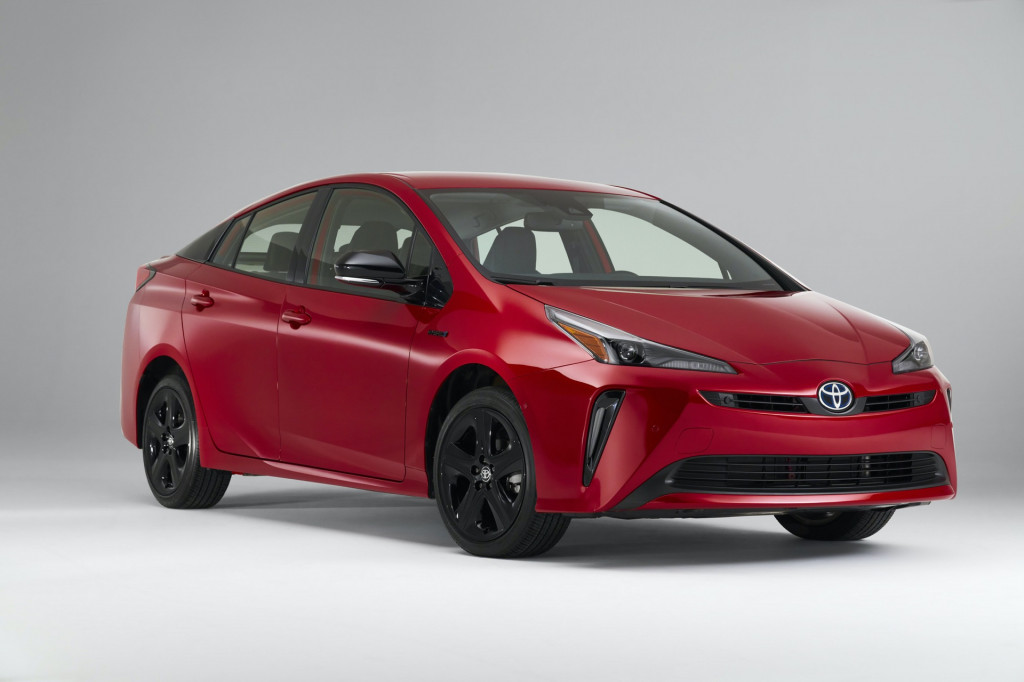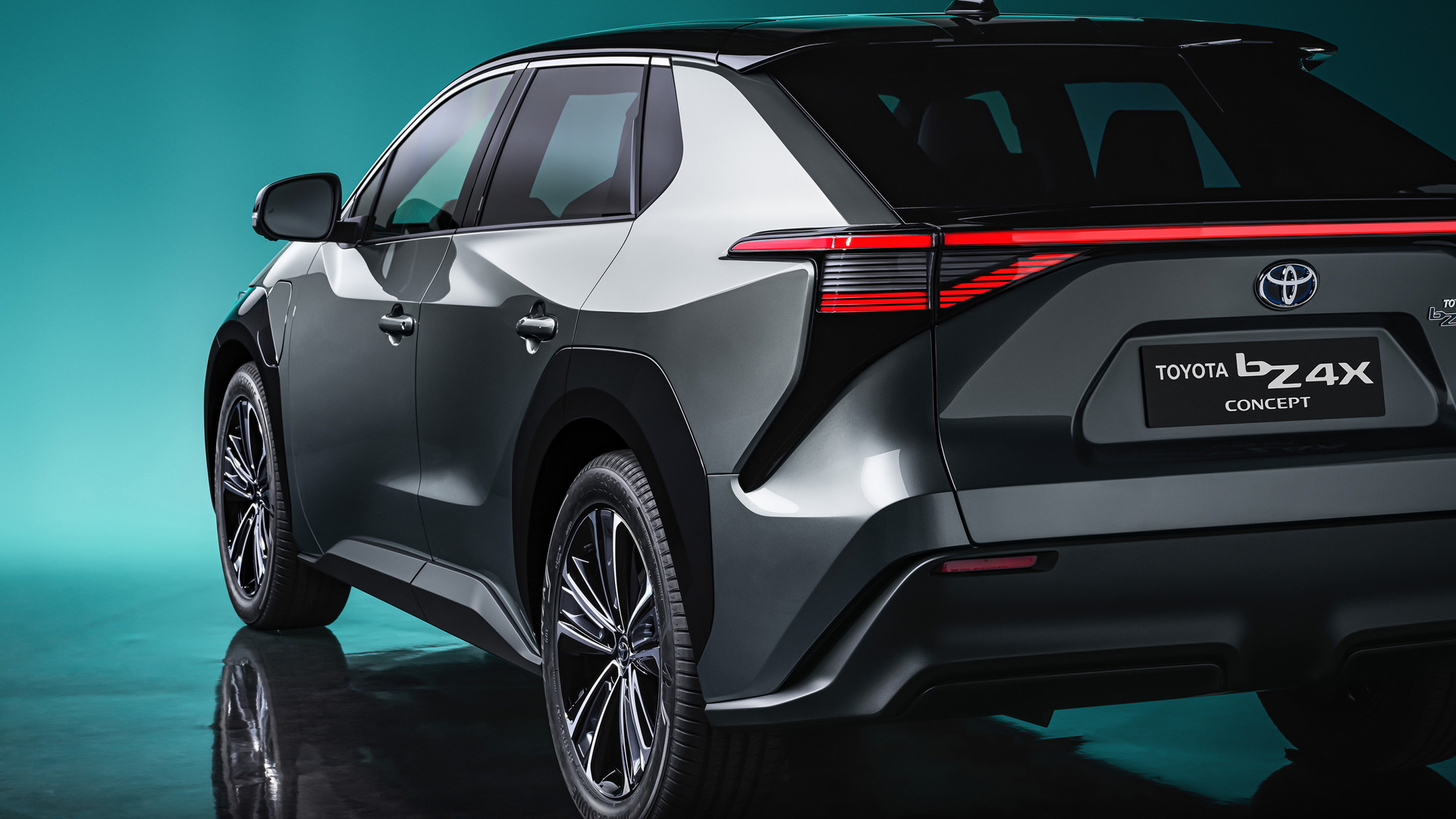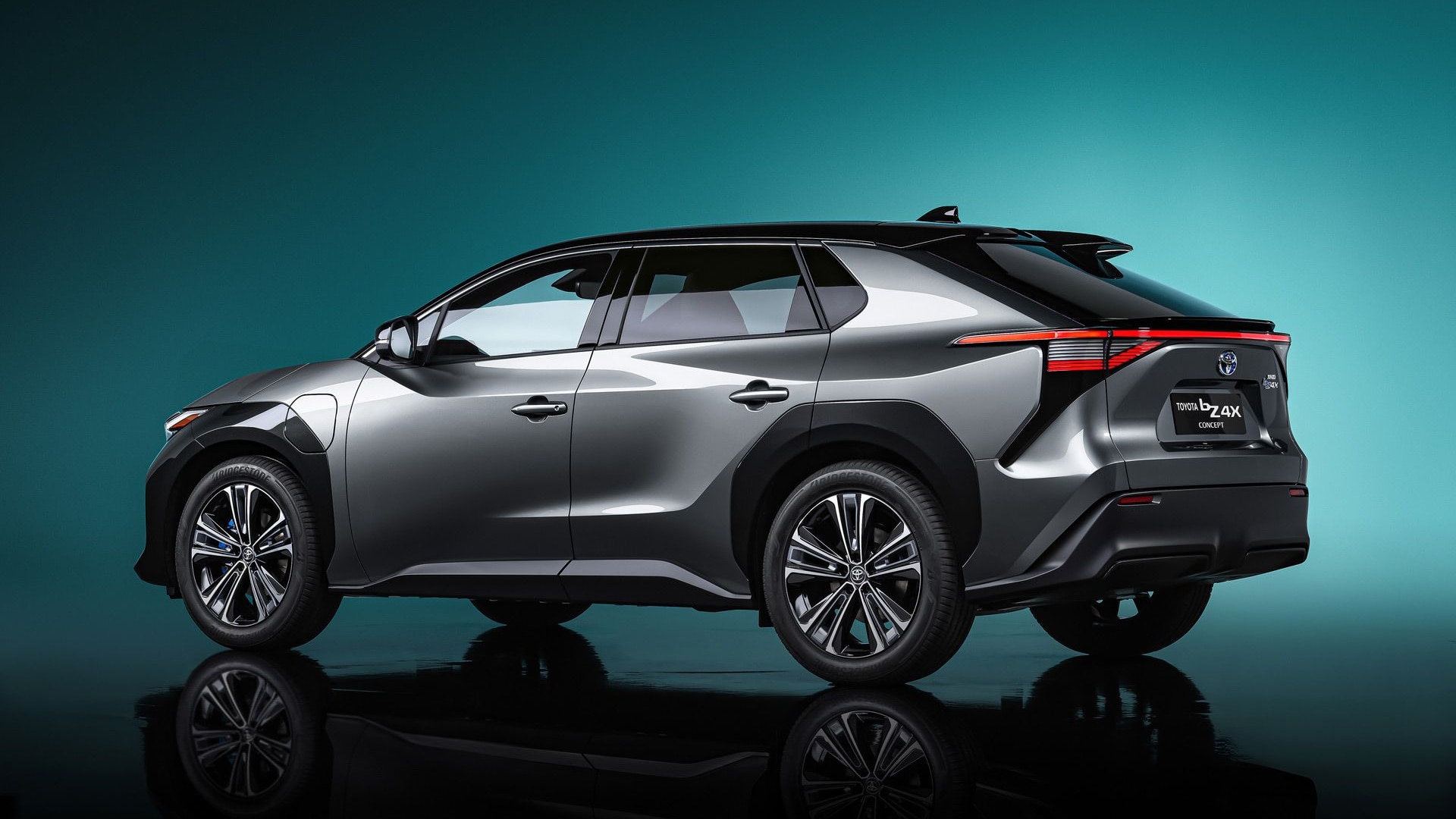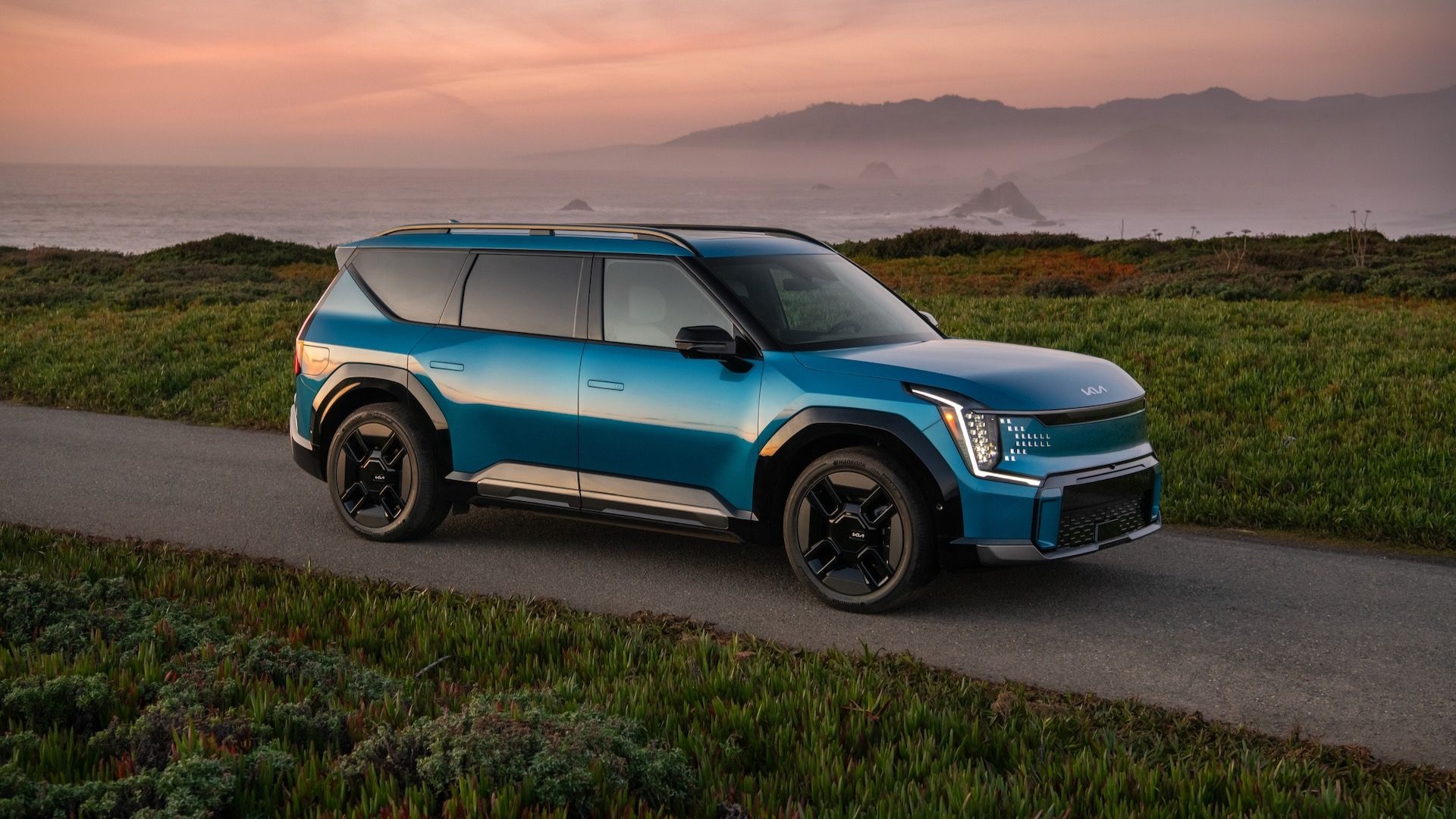Most automakers now see a date for sunsetting internal combustion technology, either in some markets or globally.
Don’t count Toyota as among them. At an annual general shareholders’ meeting held this week, its executives doubled down on a strategy that might include internal-combustion engines in hybrids until then and perhaps beyond.
“It’s too early to concentrate on one option,” said executive fellow Shigeki Terashi, at Toyota’s annual shareholder meeting in Japan, according to Bloomberg.
“Some people love battery-electric vehicles but others don’t see the current technologies as convenient,” Toyota CTO Masahiko Maeda said. “In the end what matters is what customers choose.”

2021 Toyota Sienna XSE
Toyota in the U.S. has been toeing a similar line. Earlier this month in a session with the press Toyota Motor North America executive VP Bob Carter insisted that the company is “not anti-BEV.” A top U.S. Toyota marketing executive, Lisa Materazzo, argued that Toyota is “all in on BEVs” and suggested that the company would build more if customer demand exists. So far, the company has outlined a series of goals in which it still sees tailpipes for 85% of its new U.S. vehicles in 2030—a scenario that doesn’t look like much more than what it would be required to build under California’s next-generation ZEV standards on the way to 80% EVs by 2035.
The company’s goals in this respect don’t appear to have changed all that much from 2015, when it announced that it intended to reduce its average emissions from its vehicles by 90 percent compared to 2010 levels—by relying heavily on hybrids and hydrogen fuel-cell tech. It also seeks to nearly eliminate carbon emissions related to the production process.

Rendering of solar installations at Toyota North America headquarters, Plano, Texas
According to Terashi, the company is looking at the carbon emissions of EVs as including the whole lifecycle—production, use, and scapping-related emissions. Toyota just earlier this month moved to pull its goals for carbon-neutral global manufacturing forward by 15 years, to 2035.
Toyota’s internal assessments about why EVs don’t make great sense might not represent reality for the rest of the market, as for its hybrids and gasoline vehicles it’s spent decades managing the entire lifecycle of EVs.

2021 Toyota Prius 2020 Edition
A range of studies have agreed that when considering those things, EVs have lower carbon impact over their life cycles than internal combustion vehicles. A meta-analysis of previous studies from Eindhoven University of Technology, released last year, found glaring flaws in a series of previous manufacturer-backed studies, including underestimating battery lifespan and failing to recognize that EVs will become greener with the grid.

Toyota Motor Corporation president Akio Toyoda, at Tesla stand, 2011 Detroit Auto Show
Last year CEO Akio Toyoda referred to how in Toyota’s home market, more EVs might actually increase emissions. In Japan, with a greater reliance on coal in the aftermath of 2011’s Fukushima disaster, that might be the case. That’s not the case in the U.S.—or in China or Western Europe, where EVs have generated the most market traction.
Fellow Japanese automaker Honda isn’t taking the same tack on EVs. It’s indicated that it sees hybrids as a means to an end, and it’s on a path to 100% electric vehicles—either battery electric or fuel-cell—by 2040.



















